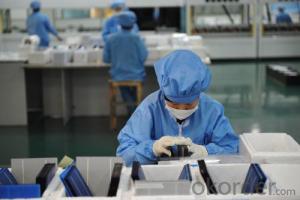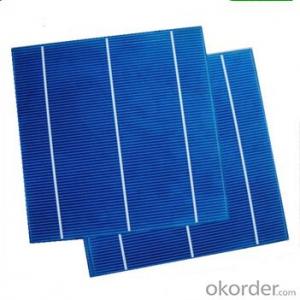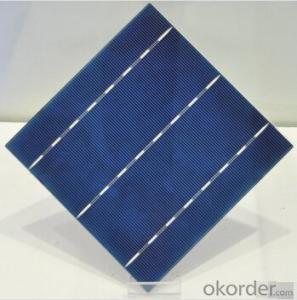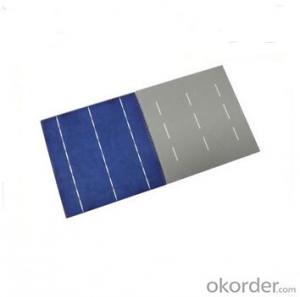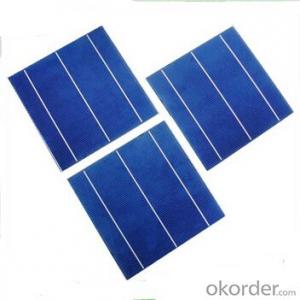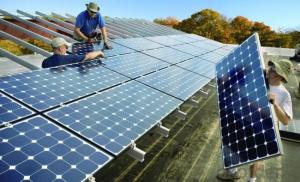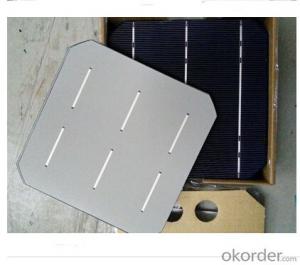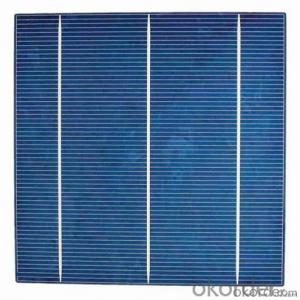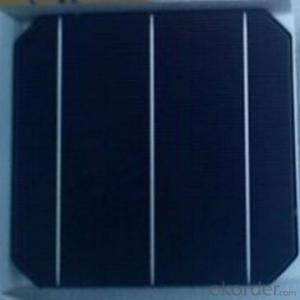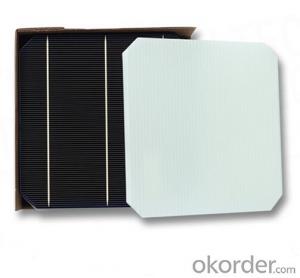Hyundai Solar Cells
Hyundai Solar Cells Related Searches
Except For Solar Cells Weegy Problems With Solar Cells High Power Solar Cells Light Trapping In Solar Cells High Performance Solar Cells High Output Solar Cells High Wattage Solar Cells Energy Transfer In Solar Cells High Efficiency Hvac Systems Recombination In Solar CellsHot Searches
Cheap Solar Cells For Sale Flexible Solar Cells For Sale Q Cells Solar Panels For Sale Printed Solar Cells For Sale Bulk Solar Cells For Sale 6x6 Solar Cells For Sale Broken Solar Cells For Sale Cpv Solar Cells For Sale Photoelectric Cells For Sale Price Of Silicon Solar Cells Price Of Solar Cells Over Time Buy Solar Cells From China Cheap Solar Cells China Best Type Of Solar Cells Flexible Solar Cells Price Q Cells Solar Panels Price 3 Types Of Solar Cells Production Of Solar Cells Common Types Of Solar Cells Q Cells Solar Panel PricesHyundai Solar Cells Supplier & Manufacturer from China
Okorder.com is a professional Hyundai Solar Cells supplier & manufacturer, offers integrated one-stop services including real-time quoting and online cargo tracking. We are funded by CNBM Group, a Fortune 500 enterprise and the largest Hyundai Solar Cells firm in China.Hot Products
FAQ
- The future of solar cells looks promising, as advancements in technology continue to improve their efficiency, affordability, and versatility. With ongoing research and development, we can expect to see solar cells become even more efficient in converting sunlight into electricity, allowing for greater energy production. Additionally, innovations in materials and manufacturing techniques may lead to more cost-effective production methods, making solar cells more accessible to a wider range of consumers. Furthermore, integration of solar cells into various surfaces and structures, such as windows, clothing, and vehicles, will likely expand their applications and increase their adoption. Overall, the future of solar cells appears to be characterized by higher efficiency, lower costs, and increased integration, leading to a greater contribution to our global energy needs.
- Monocrystalline silicon and polycrystalline silicon cell in the appearance of what is the difference?
- As the monocrystalline silicon cell and polycrystalline silicon cell pre-production process of different, so that they are from the appearance to the electrical performance are some differences.
- Solar cells have several advantages over fossil fuel-based power generation. Firstly, solar cells generate electricity by harnessing sunlight, which is a renewable and abundant source of energy, whereas fossil fuel-based power generation relies on finite and polluting resources like coal, oil, and gas. Additionally, solar cells have a significantly lower environmental impact as they produce no greenhouse gas emissions during operation. Solar cells also require less maintenance and have a longer lifespan compared to fossil fuel power plants. However, solar cells have limitations such as intermittent power generation and higher initial costs, but advancements in technology are addressing these challenges. Overall, solar cells offer a cleaner, more sustainable, and increasingly cost-effective alternative to fossil fuel-based power generation.
- The role of anti-islanding devices in solar cell systems is to ensure the safety of utility workers by preventing the solar system from continuing to generate and supply electricity to the grid during a power outage. These devices detect when the grid connection is lost and immediately disconnect the solar system, preventing any potential harm or damage that could occur if electricity was still being fed into the grid.
- Do you believe you can make a solar cell by using kitchenware?
- You must be joking.
- Solar cells are used in agricultural applications to generate electricity for various purposes, such as powering irrigation systems, lighting in greenhouses, and running equipment like pumps and fans. They help farmers reduce their reliance on traditional energy sources and promote sustainable farming practices.



















